Application of Auxiliary Machine For Oil Press:
peanut kernel, sesame seeds, soybean,(almond)Apricot kernel, pumpkin seed kernel,
Sunflower kernel,Camellia seed kernel,rapeseed, flaxseed,Fire hemp seed,pinenut kernel. etc.
Features of Auxiliary Machine For Oil Press:
1.Screw Oil Press/Cold Oil
2.Household Equipment
3.Stainless Steel Material
4.Lower Price
Hydration Deguming & Alkali Refining Deacidification Process
Neutralization: the crude oil is output by the oil feed pump from the oil tank, and next enters the crude oil heat exchanger to recover part of heat after metering and then is heated to the required temperature by the heater. After that, the oil is mixed with the metered phosphoric acid or citric acid from phosphate tank in the gas mixture (M401), and then enters the conditioning tank (R401) to make the non-hydratable phospholipids in oil change into the hydratable phospholipids. Add the alkali for neutralization, and the alkali quantity and alkali solution concentration depend on the quality of the crude oil. Through the heater, the neutralized oil is heated to the temperature (90°C) suitable for centrifugal separation to remove the phospholipids, Auxiliary Machine For Oil PressA and other impurities in the crude oil. Then the oil goes to the washing process.
Washing: there is still about 500ppm soap in the neutralized oil from the separator. To remove the remaining soap, add into the oil about 5~8% hot water, with water temperature 3~5 °C higher than the oil generally. To achieve more stable washing effect, add phosphoric acid or citric acid when washing. The re-mixed oil and water in the mixer is heated to 90-95°C by the heater, and then enters the wash separator to separate the remaining soap and most water. The water with soap and oil enters into oil separator to separate out oil in the water. Further catch the oil outside, and the waste water is discharged to the sewage treatment station.
Vacuum drying stage: there is still moisture in the oil from the wash separator, and the moisture will affect the stability of the oil. So the oil at 90°C should be sent to vacuum drier to remove the moisture, and then the dehydrated oil goes to the decoloring process. Finally, pump out the dry oil by canned pump.If you are interested in our company,please feel free to contact Ms. Myra for a quotation,(Tel/whatsapp:0086-18363092712, Email:[email protected],Skype:leaderfoodmachine2).You will get superior service,and Shandong Leader Machinery Co.,Ltd. produce High quality production line of edible oil refinery process with high quality, high performance and the best prices.
Continuous Refining Decoloring Process
The main function of decoloring process is to remove oil pigment, residual soap grain and metal ions. Under negative pressure, the mechanical mixing method combined with steam mixing will improve the decoloring effect.
The degummed oil firstly enters into the heater to be heated to the appropriate temperature (110°C), and then goes to the bleaching earth mixing tank. The bleaching earth is delivered from the low bleaching box to the temporary tank by wind. The bleaching earth is added by automatic metering and is interlockingly controlled with the oil.
The oil mixed with the bleaching earth overflows into the continuous decolorizer, which is stirred by non-powered steam. The decolored oil enters into the two alternate leaf filters to be filtered. Then the filtered oil enters the decolored oil storage tank through the security filter. The decolored oil storage tank is designed as the vacuum tank with the nozzle inside, so as to prevent the decolored oil contacting with the air and influencing its peroxide value and color reversion.
High quality production line of edible oil refinery process
About LD:
1. Over 30 years manufacturing experience;
2. Poducts reach the European standards;
3. ISO9001:2000, BV, CE certified;
4. Professional engineer group;
5. Long-term cooperation with several research institutes.
What is RBD Oil?
Refined Vegetable Oil is commonly called Refined, Bleached, and Deodorized (RBD) oil.
These are the three main steps in the refining process; although additional steps are required in most cases.
Why is Vegetable Oil Refined?
Vegetable and Animal Oils and Fats have impurities such as Moisture, Solids (Insolubles), Gums (Lecithins), Free-Fatty Acids (FFA), Waxes, and Compounds of Sodium, Potassium, Magnesium, Calcium, and other metals.
These impurities must be removed to improve the functionality of the oils. Other characteristics of oils (such as Color, odor, and taste) are also considered impurities by modern consumers. These impurities are removed in a series of steps such as degumming (to remove gums), neutralizing (to remove FFA), bleaching (to remove color), deodorizing (to remove odor and taste), and dewaxing or winterization (to remove waxes).
What's product oil like?
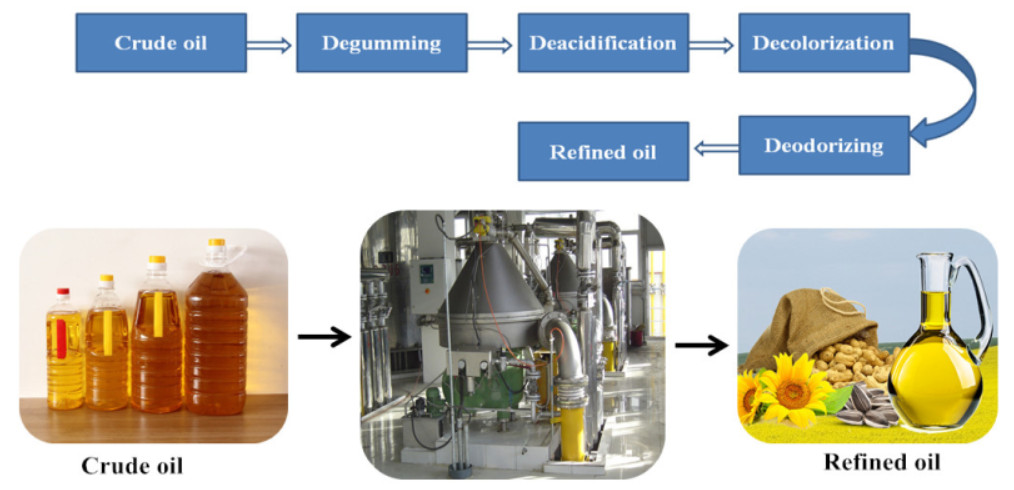
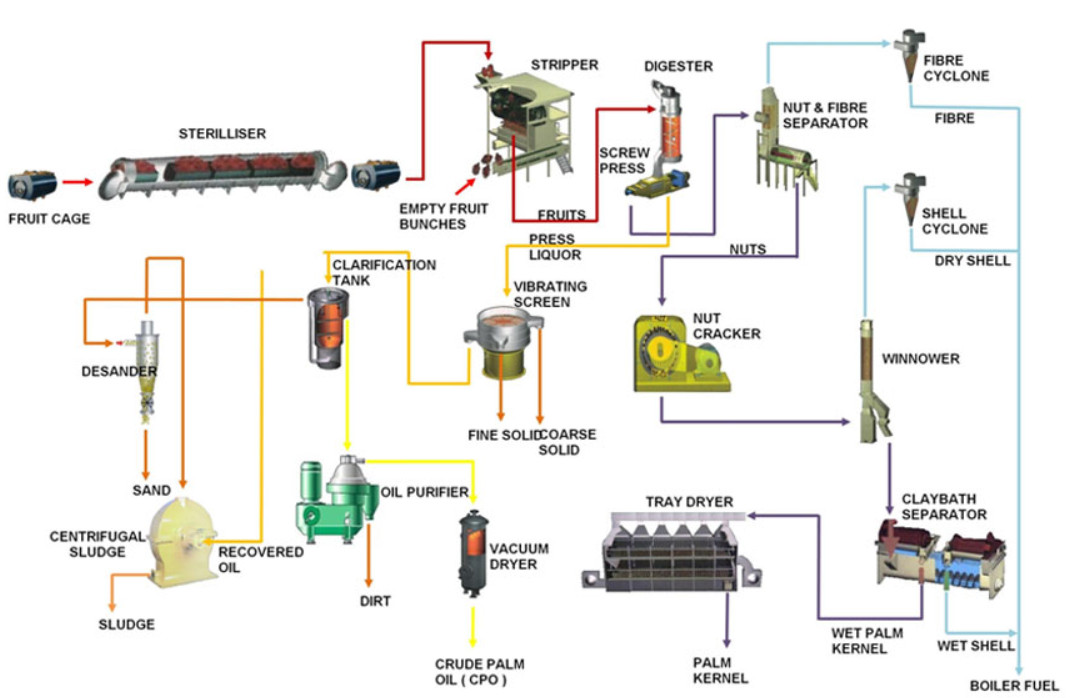
What are refining machines like?
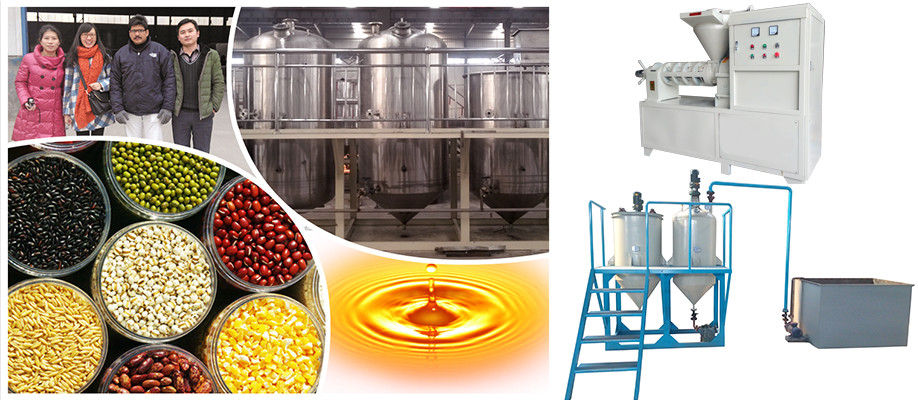
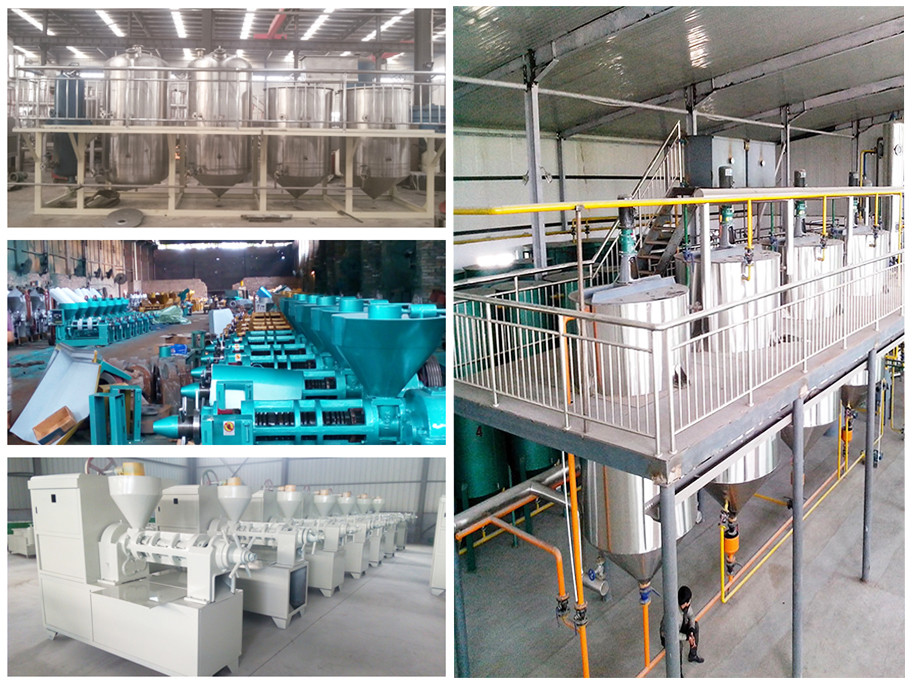
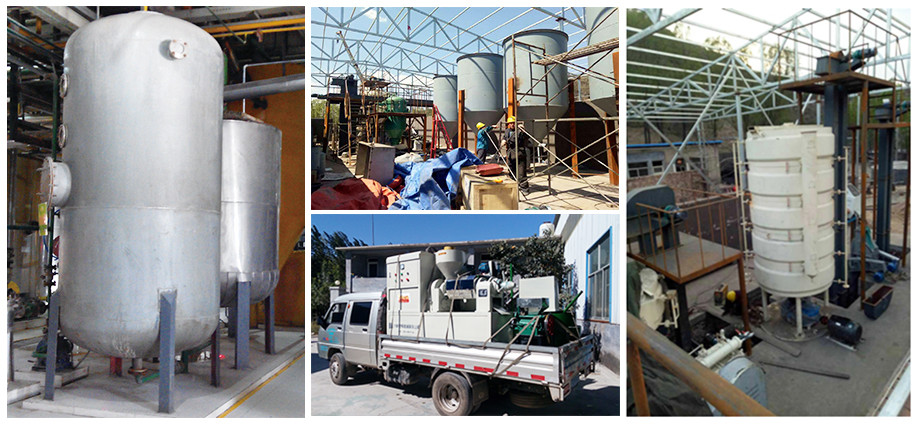
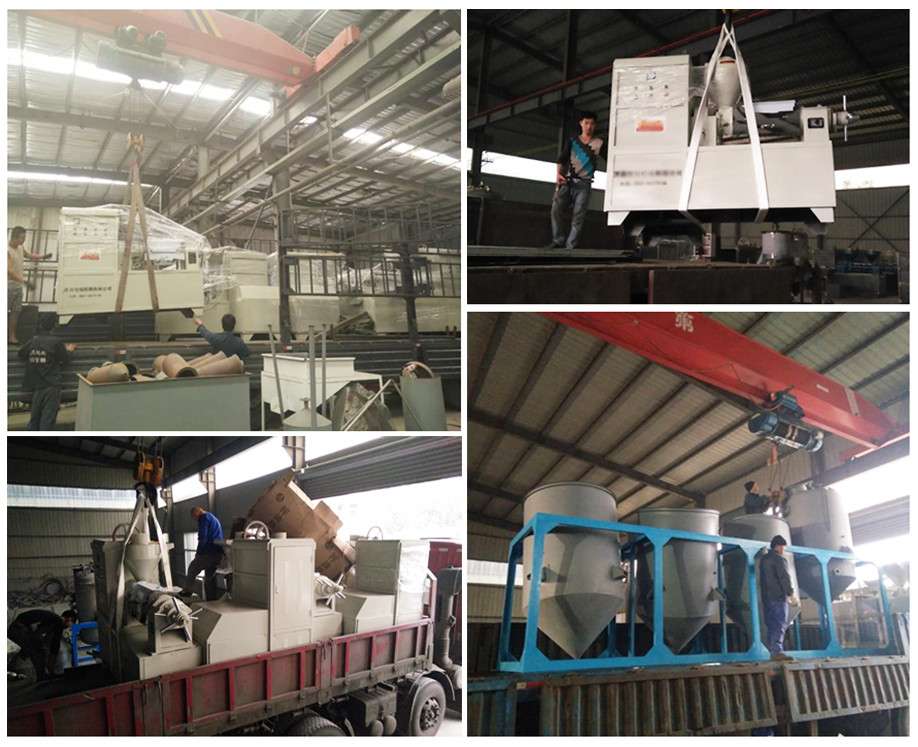
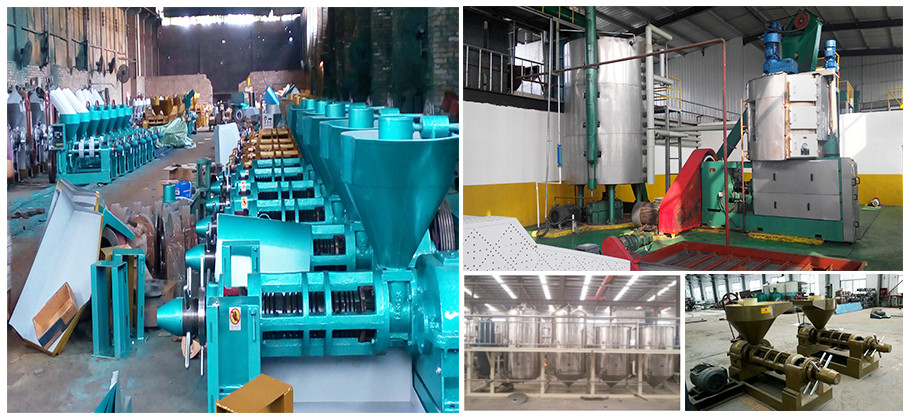

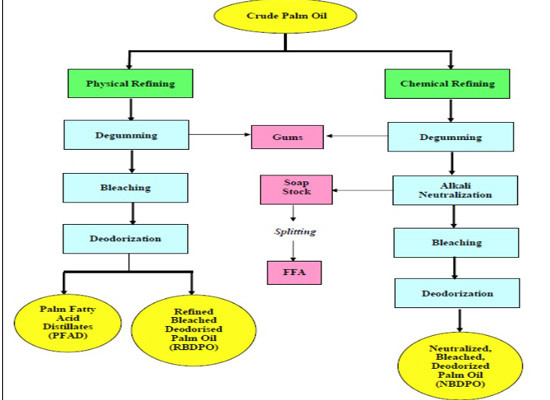
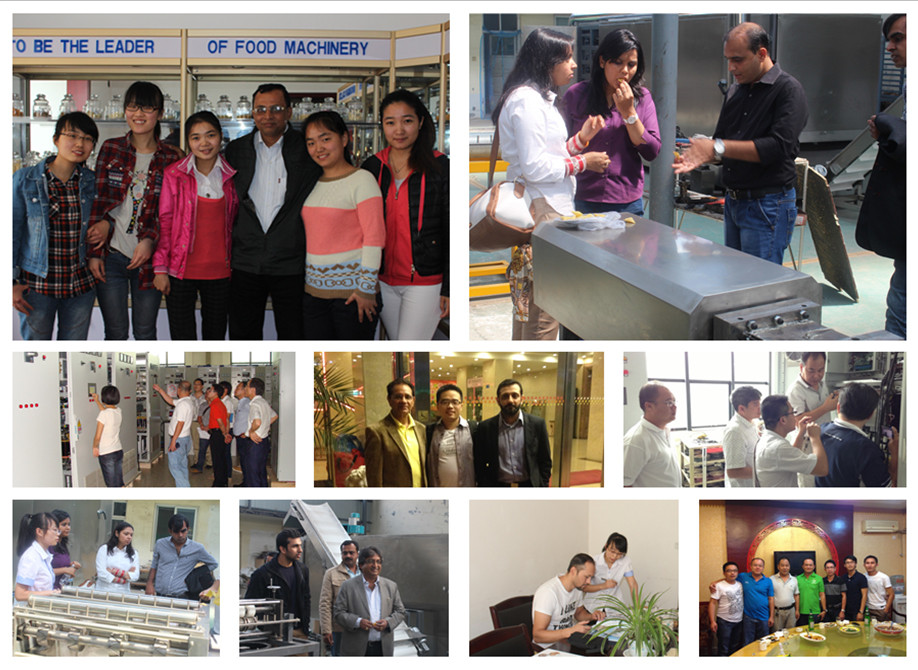


Refining methods:
Physical RefiningRemove gums in oil with special degumming method. FFA in oil is removed with steam. Features: 1. High oil refining ratio, less oil loss; 2. No waste water discharged; 3. More FFA distilled out; 4. Especially suitable for oils of high acid value, and low gum content;Chemical RefiningNeutralize FFA in the oil with alkali. The gum and soap produced are centrifuges. Features: 1. Less requirements to crude oils; 2. The finished oil is more consistent in quality; 3. Less bleaching earth used compared with physical refining; Bleaching:Add bleaching earth into the degummed oil. Under vacuum state, the oil is continuously mixed with bleaching earth in the Continuous Bleacher, where main part of colour bodies as well as oxidizing materials in the oil are absorbed by the bleaching earth. After Continuous Bleacher, the oil/clay mixture is passed through Leaf Filters where the spent earth is removed together with the precipitated materials from degumming. The oil then passes through one of two alternatively working safety filters before entering the next section. Dewaxing/WinterzingDe-waxing system plays an important role in improving palatability, transparency and brightness of oils. The wax content is different in various oils. For maize oil, rice bran oil, sunflower seed oil, cottonseed oil etc. de-waxing is very important. The de-waxing methods are freezing, surface active agents, cold polymerizer, electrostatic, and winterizing etc. Currently winterizing method is most popular. The crystallizing temperature, crystallizing velocity, and crystal maturating time and filtering mode vary with oils. What certificates do LD have?
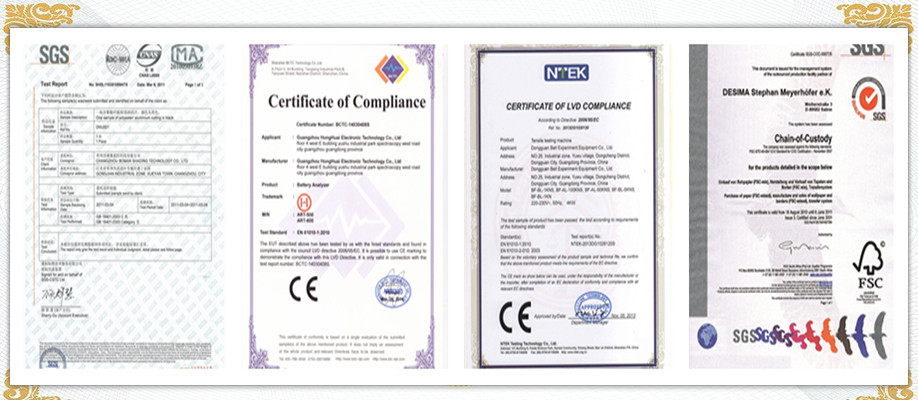
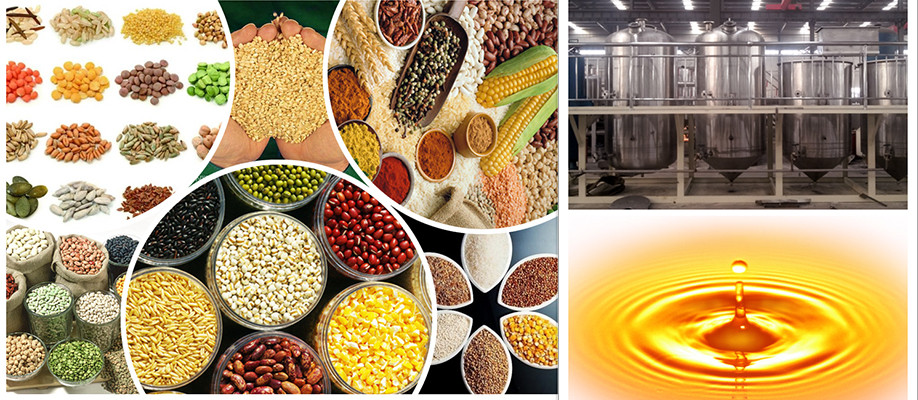
Who do you contact with?


Shandong Leader Machinery Co.,Ltd. is one of the leading Manufacturers and Suppliers of High quality production line of edible oil refinery process.Shandong Leader Machinery Co.,Ltd. manufacture High quality production line of edible oil refinery process making machine using cutting-edge technology, Shandong Leader Machinery Co.,Ltd. have many kinds of Auxiliary Machine For Oil Press for you reference,such as High quality production line of edible oil refinery process ,Shandong Leader Machinery Co.,Ltd. can meet your different requirement in Auxiliary Machine For Oil Press.Welcome to contact Shandong Leader Machinery Co.,Ltd.,contact name:Ms.Myra for a quotation
(Tel/whatsapp:0086-18363092712, Email:[email protected],Skype:leaderfoodmachine2).Welcome to send us your enquiry about capacity for High quality production line of edible oil refinery process, inform us raw material you want to use for High quality production line of edible oil refinery process,and specific requirements for High quality production line of edible oil refinery process.Shandong Leader Machinery Co.,Ltd. will provide you best solution for your project about Auxiliary Machine For Oil Press.